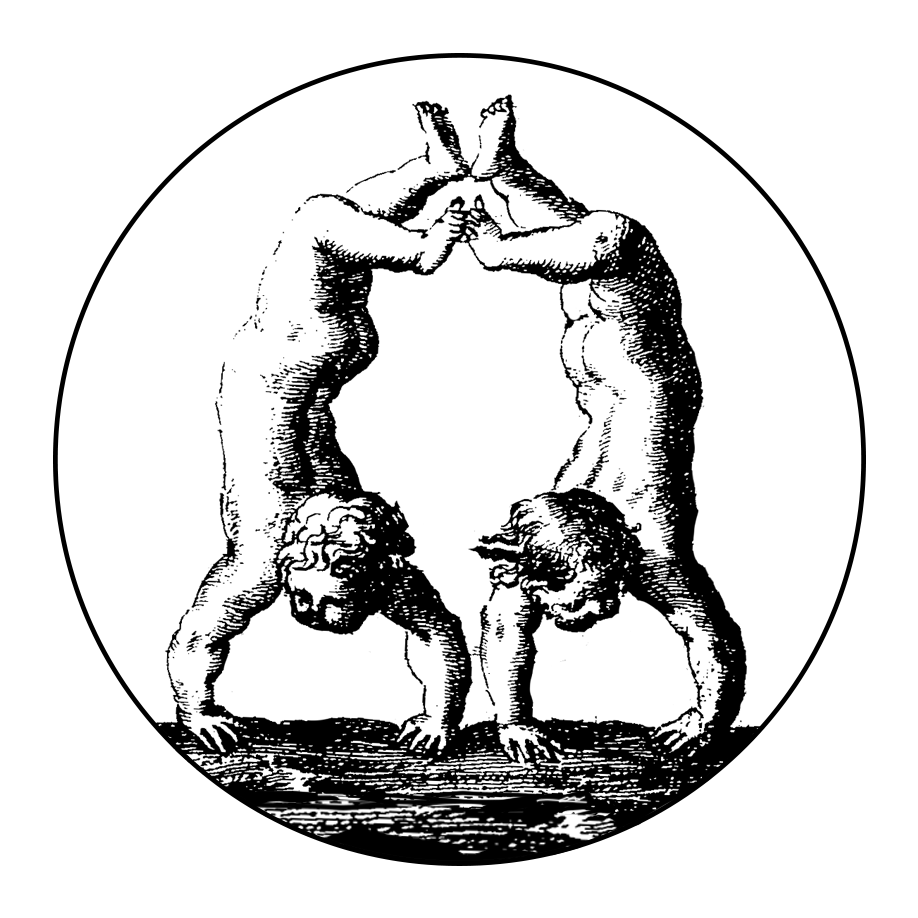How to Navigate
The archive offers both diplomatic and semidiplomatic, as well as modernised editions of classical and early modern paradoxes printed in England. On the homepage, users can click on the button of the desired textual category (paradoxes, paradoxical fictions, or problems) or on the button ‘All’, which will lead them to all the semidiplomatic editions featured in the database. The semidiplomatic and modernised editions have been transcribed in TEI language and may be read and fully searched by scrolling the text. They can also be used for lexical analysis with the aid of online open access tools, such as the Voyant tools and the #Lancsbox software. Instead, the diplomatic editions can be visualised and downloaded as pdfs.
The default visualisation of the texts is the semidiplomatic edition. On the left, users can see and select the document type (i.e. the textual category), the title of the texts, the names of authors and publishers, dates of publication, the century/ies during which the author lived, the languages used (English and Latin), and a set of keywords. Texts can be further ordered by title or filtrated by keyword by clicking on the buttons at the top of the page.
By clicking the ‘Read’ button, users will be able to read the semidiplomatic transcription, and find, on the right, a clickable table of contents. On the left, users will find buttons leading to 1) paratextual elements prepared by the CEMP transcriber (a critical introduction, a description of the textual witnesses, and a bibliography of secondary sources); 2) other editions of that text in the database (diplomatic and semidiplomatic) and the modernised transcription based on the edition selected as the copytext); 3) a list of relevant keywords. The library signature of the transcribed witness will also be displayed, as well as the unique author code. Finally, visitors will find a search text bar enabling a free lexical search. These columns on the left and the right are shared by the pages of both the semidiplomatic and the modernised editions.
All modernised editions have been supplemented with interactive pop-ups showing three different types of notes: glosses, variants, and editorial notes (marked in orange, light blue, and green, respectively) – see Criteria.
When scrolling the text, an arrow will appear at the bottom right corner, which will enable the user to go back to the top of the page.
To return to the homepage, users can click on the logo of the project in the top left corner.
